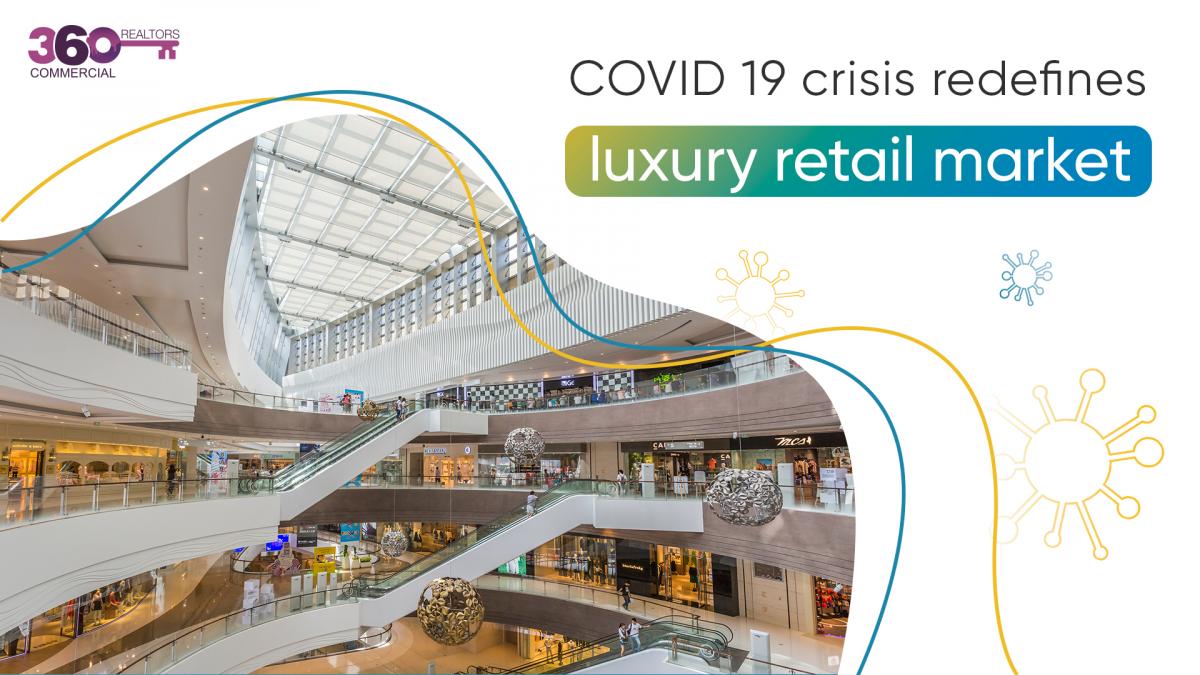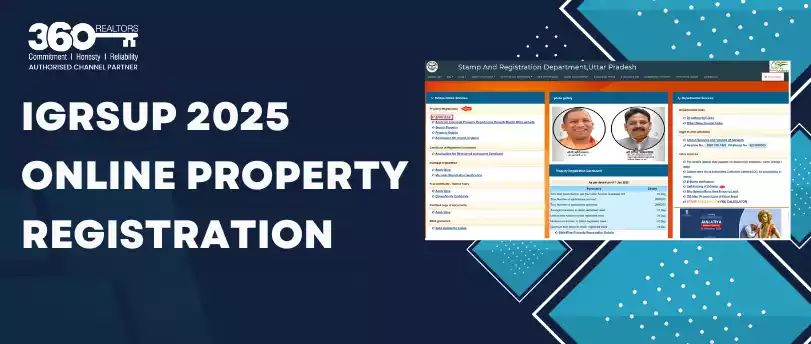The first half of the year was pretty bad for the entire retail ecosystem of India, luxury retail and service sectors were also no exception with all luxury stores shut down, fashion shows postponed, art and watch events cancelled, supply chain disrupted and low consumer sentiments, luxury retailing was hit hard by the aftermath of the COVID crisis and it will certainly take a while for Indian luxury industry to bounce back. However, with the restriction been lifted now and malls witnessing an upsurge in footfalls, luxury malls are also back to the gig and they are performing way better in certain categories in comparison to last year. As HNIs/UHNIs not travelling abroad and postponing their vacations, they are satiating their urge to buy luxury items by making the purchases from domestic luxury markets- like luxury malls, those are having a plethora of high-end luxury mammoth brands under one roof. It is safe and hygienic also in comparison with high streets. Malls like Palladium in Mumbai and Emporio & The Chanakya in Delhi have also recorded growth momentum during the festive times. The sales figure in Q3 has seen appreciation in comparison to the stalled sales in Q1 & Q2.
Although the future even in the post-pandemic times remains unpredictable nevertheless luxury brands should remain proactive and reinvent themselves to survive in this unforeseen period as luxury retail not only depends on transactions but experience, there are some pertinent considerations that luxury brands should keep in mind to succeed in the Indian market:
Phygital presence: Luxury brands must separate the inner silos and flawlessly blend offline and online channels. They should build the digital utilization for value-based purposes as well as to draw in, connect and give niche experience to the shoppers. To battle this emergency, extravagance retailers must put more in online deals and promoting and influence the maximum capacity of omnichannel showcasing methodology.
Experiential stores will rule the roost: While most areas are moving to advanced methods for shopping, the luxury retail section has an interesting stand. The luxury segment is driven by the customers' requirement for extravagance and vivid encounters. Extravagance holds a more representative incentive over useful for most customers. Even though brands are recognizing the requirement for ubiquity amid the COVID-19, but in luxury retail, in-store encounters will keep on ruling post the pandemic with regards to extravagance shopping.
Staying relevant:
In times of crisis like these, brands should be intentional to stay important. Buyers will grasp the brands which show awareness of others' expectations and sympathy in the hour of emergency. It is also significant for luxury retailers to stay at the top recall of their discreet customers. They may utilize strategies like E-shopping meeting, webinar on make-up/ makeover trends, virtual fashion shows or wellness meetings to draw in and connect with the customers. The luxury brand heads can give customized thoughtfulness regarding the top customers by coordinated commitment and discussion with them. They should create an important substance that encourages a feeling of network working during this plague.
Creating passage for the bridge to luxury brands: During current times, when employment and monetary business sectors are feeling the squeeze bringing about low buyer certainty and eagerness to spend. In this way, brands must utilize the strategy of presenting 'scaffold to extravagance' brands to make luxury accessible at available costs for young Indian purchasers. Luxury retailers should see opportunity in this crisis to lure new purchasers by concocting items with lower value focuses.
Practice environmental safety: Luxury brands must reexamine about the planet and individuals while making the items. The episode of the infection has brought about uncommon changes in the conduct of buyers. They have gotten more worried about social and ecological issues. Thusly, design and extravagance brands must relook at their worth chain, from sourcing to assembling and from bundling to item removal.






